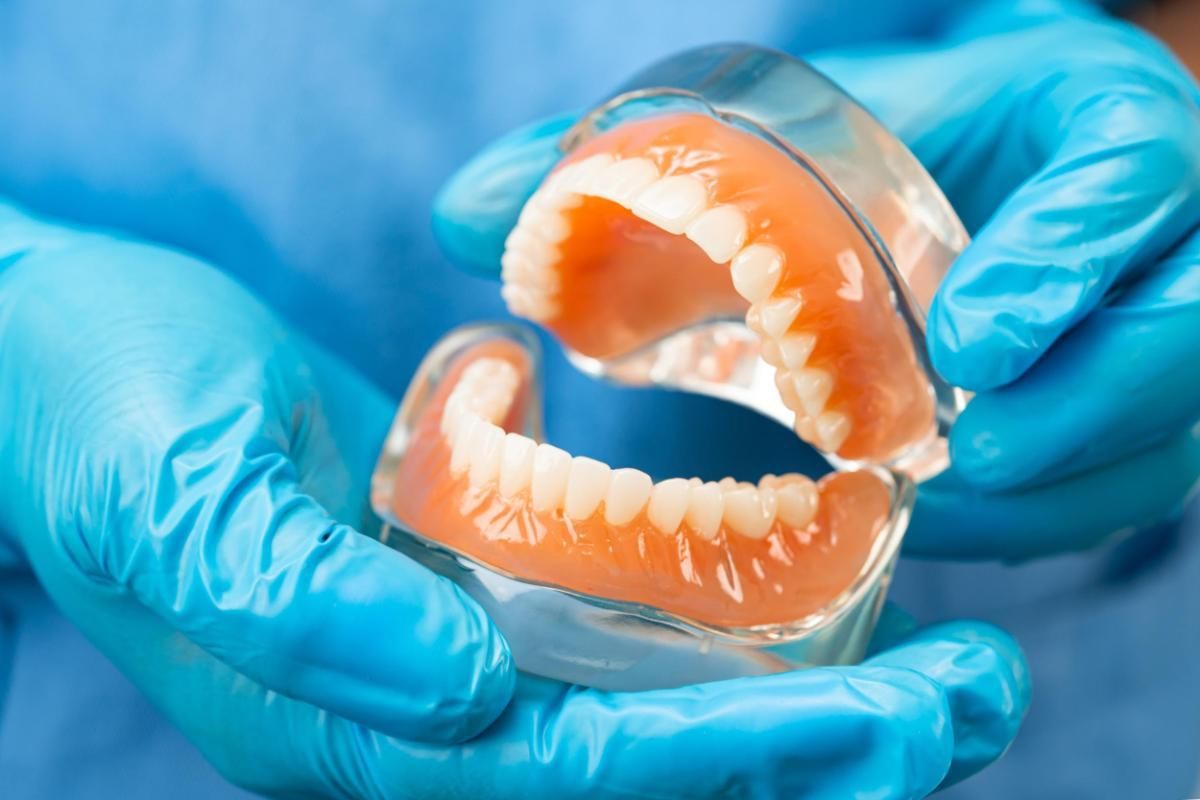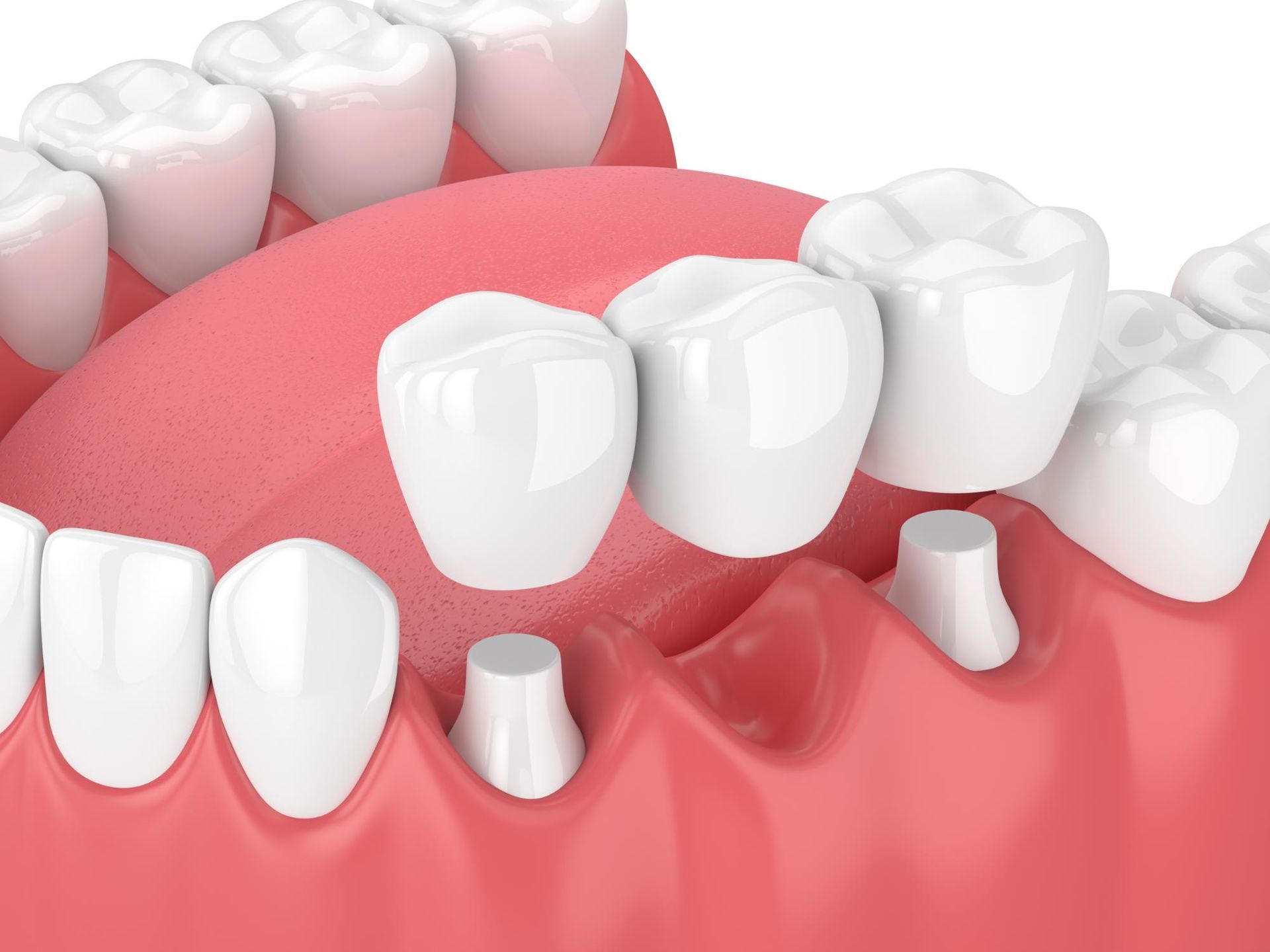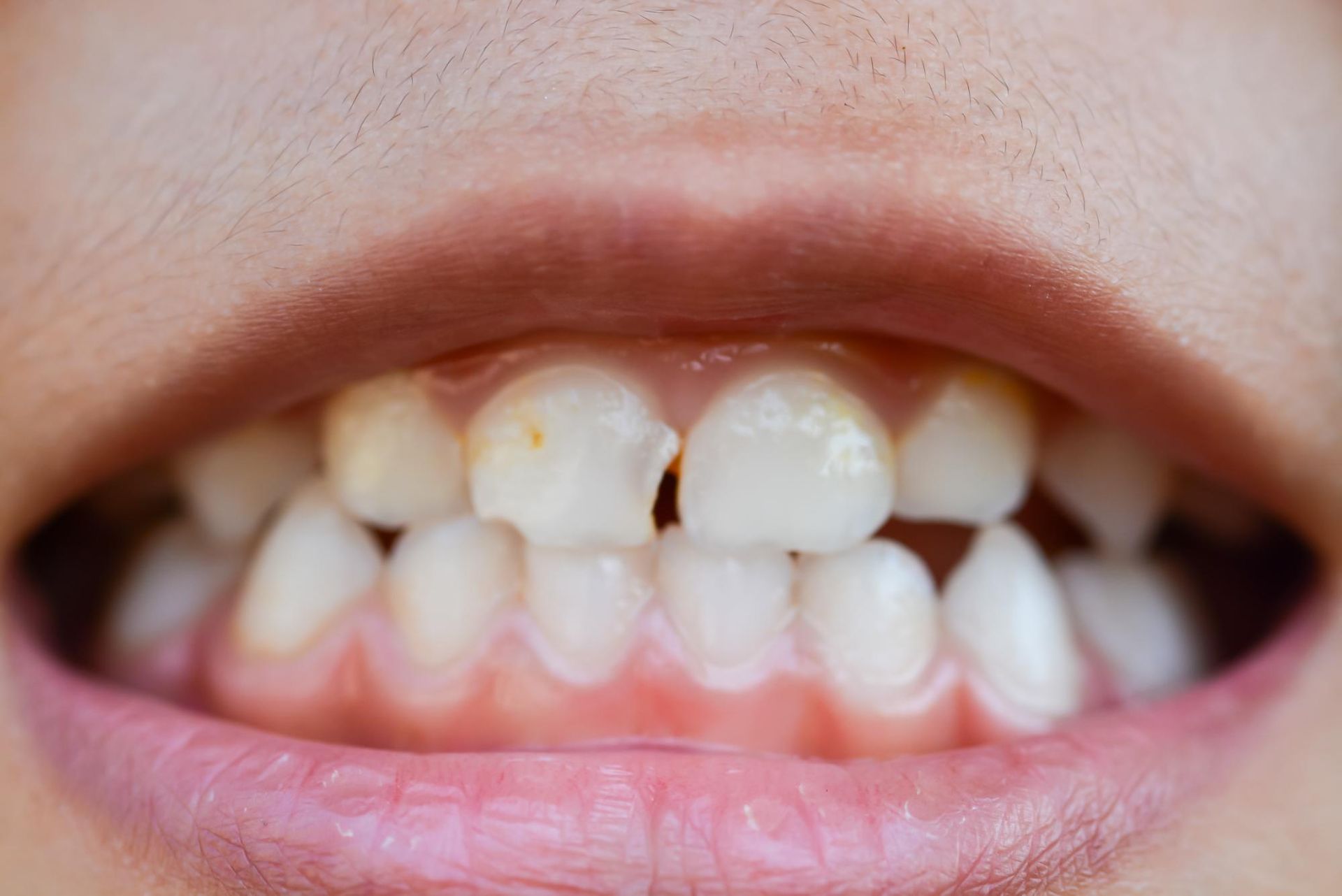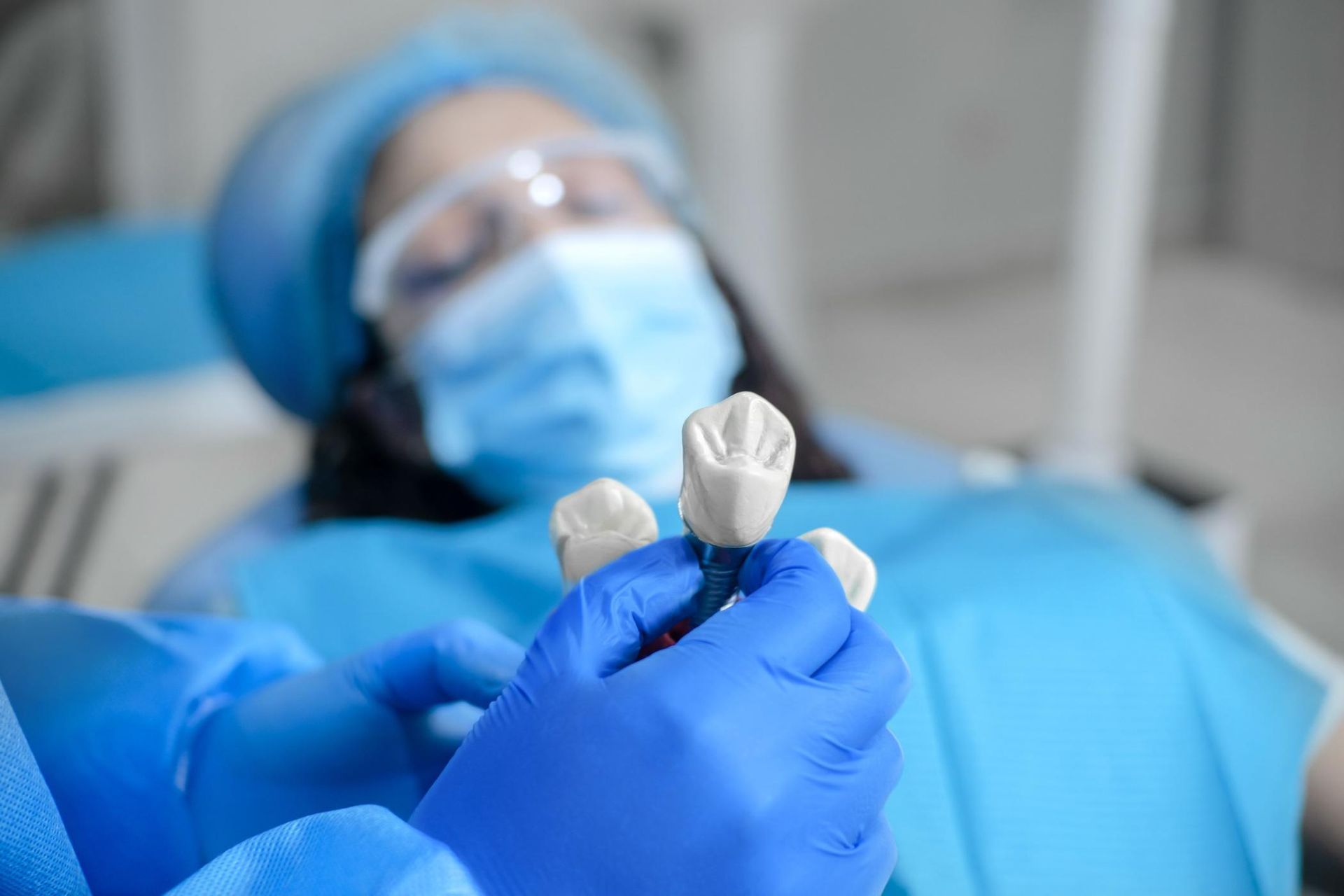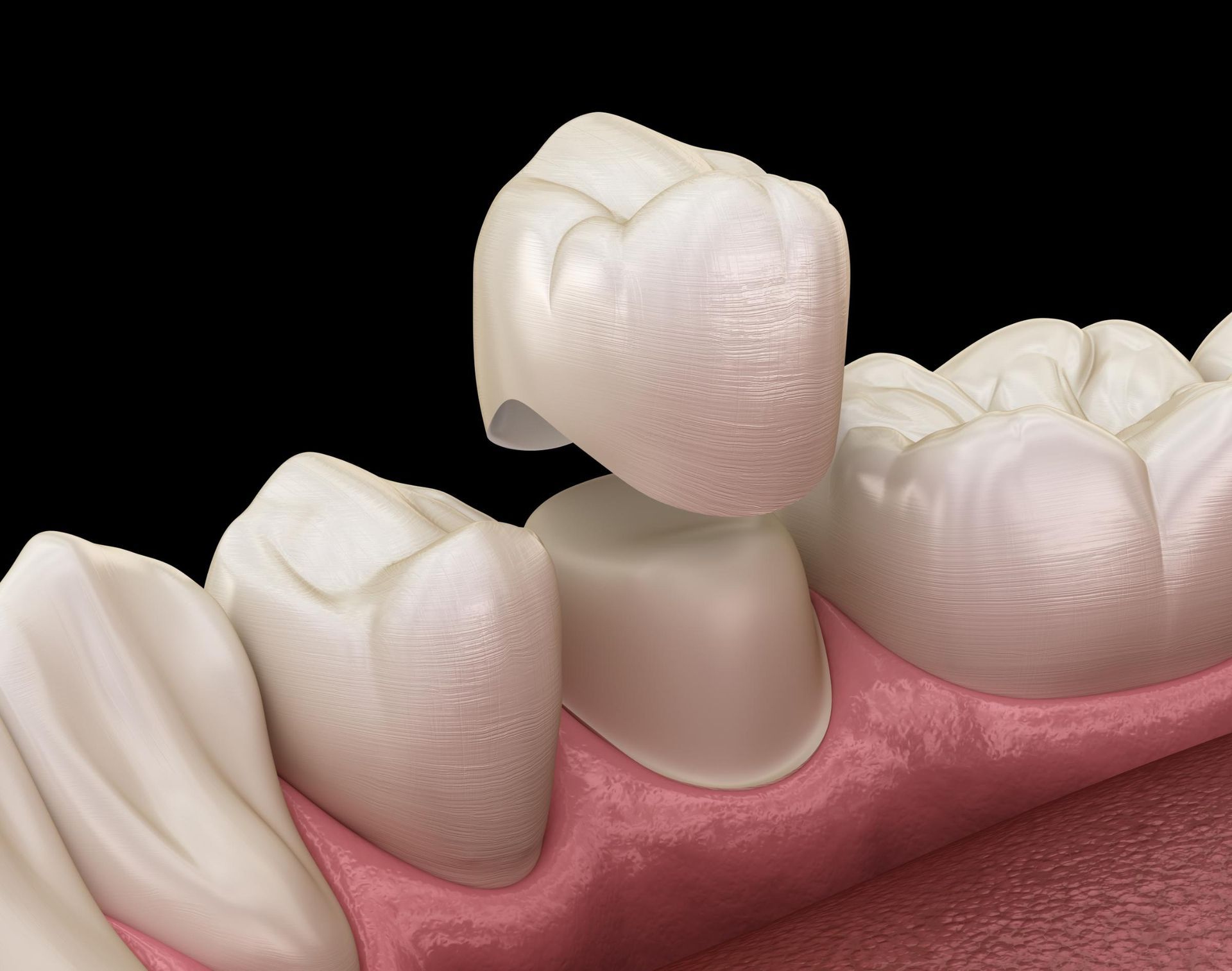Cosmetic Tooth Fillings for a Natural-Looking Smile

Are you looking to improve the look of your smile while repairing cavities or minor tooth damage?
Cosmetic fillings might be the perfect solution. Unlike traditional metal fillings, these restorations blend naturally with your teeth, providing both beauty and function. Let’s explore the benefits, types, and process of cosmetic fillings to help you decide if they’re right for you.
What Are Cosmetic Fillings?
Cosmetic
fillings are tooth-colored materials used to fix decayed, chipped, or damaged teeth. They’re made from materials like composite resin, porcelain, or glass ionomer that blend in with your
natural teeth. Because they look so natural, they’re a popular choice in modern dentistry.
Unlike traditional silver amalgam fillings, cosmetic options don’t stand out when you smile. Instead, they restore the tooth while enhancing its appearance. They’re ideal for front teeth or any visible areas where aesthetics are especially important.
When Should You Consider Cosmetic Fillings?
Cosmetic fillings are a great option for:
- Repairing small cavities or chipped teeth
- Closing minor gaps between teeth
- Improving tooth shape or alignment
- Replacing old metal fillings for a more natural look
Cosmetic fillings are a gentle, affordable way to improve your smile without
needing crowns or veneers
Types of Cosmetic Fillings
Each filling material has unique advantages depending on your needs. Here’s a quick overview of the most common options:
1. Composite Resin Fillings
Composite fillings are the most common type of cosmetic filling. Made from plastic and glass, they bond to the tooth and blend in naturally. They're great for small to medium cavities, especially in visible areas.
Benefits:
- Tooth-colored, blends in naturally
- Can be completed in one visit
- Bonds tightly to tooth structure
2. Porcelain Fillings
Also known as inlays or onlays,
porcelain fillings are custom-made in a lab and then bonded to the tooth. They are strong, stain-resistant, and visually indistinguishable from natural enamel.
Benefits:
- Extremely durable and stain-resistant
- Ideal for larger restorations
- Long-lasting aesthetic appeal
3. Glass Ionomer Fillings
These fillings bond chemically to the tooth and release fluoride, which can help strengthen tooth enamel and prevent future decay. They’re often used in non-biting surfaces or in children’s dentistry.
Benefits:
- Releases fluoride for added protection
- Bonds well to tooth surface
- Good for patients with high cavity risk
The Cosmetic Filling Procedure
The process of getting a cosmetic filling is straightforward and usually completed in one appointment:
Initial Consultation:
Your dentist examines the affected tooth and discusses material options, color matching, and your goals. Digital imaging may be used to plan the perfect result.
Preparation & Placement:
The dentist removes decayed or damaged tissue and prepares the area. Layers of composite material are applied, shaped, and hardened with a special curing light.
Finishing Touches:
Once hardened, the filling is polished and adjusted for a natural look and comfortable bite.
The entire procedure typically takes less than an hour, depending on the number of teeth treated.
Benefits of Cosmetic Fillings
Cosmetic fillings go beyond just restoring function—they improve the overall appearance of your teeth. Key advantages include:
Aesthetic Appeal
Tooth-colored materials blend beautifully with natural enamel, offering a more attractive smile without visible metal.
Minimally Invasive
Cosmetic fillings only need a small amount of the tooth removed, helping keep most of your natural enamel.
Durability
With proper care, cosmetic fillings can last many years. Porcelain and composite resin are both strong enough to withstand everyday chewing forces.
Versatility
They’re effective for treating cavities, chips, gaps, and minor tooth reshaping—all in a single treatment.
Cost Considerations
The cost of cosmetic fillings varies depending on:
- The material used (composite is typically less expensive than porcelain)
- The size and location of the filling
- Your
insurance coverage
Some insurance plans may cover cosmetic fillings if they are used to treat decay or restore function. Always check with your provider and dentist to understand your out-of-pocket costs.
Caring for Your Cosmetic Fillings
To ensure your cosmetic fillings stay in excellent condition:
- Brush and floss daily to prevent plaque buildup around the filling
- Use a fluoride toothpaste and soft-bristled toothbrush
- Avoid habits like biting your nails, chewing ice, or using your teeth as tools
- Schedule
regular
dental check-ups and cleanings
Following these tips will help extend the life of your fillings and keep your smile bright and healthy.
Final Thoughts
Cosmetic fillings combine function and looks to give you a healthy, confident smile. They’re great for fixing chips, replacing old fillings, or avoiding metal—and they last a long time.
Want to find out if cosmetic fillings are right for you? Schedule a consultation with your cosmetic dentist today and take the first step toward a healthier, more radiant smile.

Frequently Asked Questions
How long do cosmetic fillings last?
Cosmetic fillings (typically composite resin fillings) can last 5 to 10 years, depending on factors like:
- The location of the filling (molars endure more pressure)
- Your oral hygiene habits
- Diet and lifestyle (e.g., grinding teeth, chewing ice)
- Regular dental visits for maintenance
With excellent care, some cosmetic fillings can last even longer.
What is a cosmetic fill?
A cosmetic filling is a tooth-colored composite resin used to:
- Restore decayed teeth (like traditional fillings)
- Replace old metal (amalgam) fillings
- Improve the appearance of chipped, discolored, or uneven teeth
They're designed to blend seamlessly with the natural tooth color, making them nearly invisible — perfect for front teeth or any visible areas.
How much does a composite filling cost?
Costs can vary depending on the size, location, and dentist, but on average in the U.S., a composite filling costs between $150 and $350 per tooth.
At Casas Adobes Dentistry, we provide competitive pricing, and if you're using insurance, many plans partially or fully cover composite fillings, especially for front teeth.
Is cosmetic bonding expensive?
Cosmetic bonding is relatively affordable compared to veneers or crowns. On average:
- $250–$600 per tooth depending on complexity and dentist location
- Less expensive than porcelain veneers or crowns
- Quick, often completed in a single visit
While many insurance plans don’t cover bonding for purely cosmetic reasons, it’s a cost-effective solution for minor imperfections.



